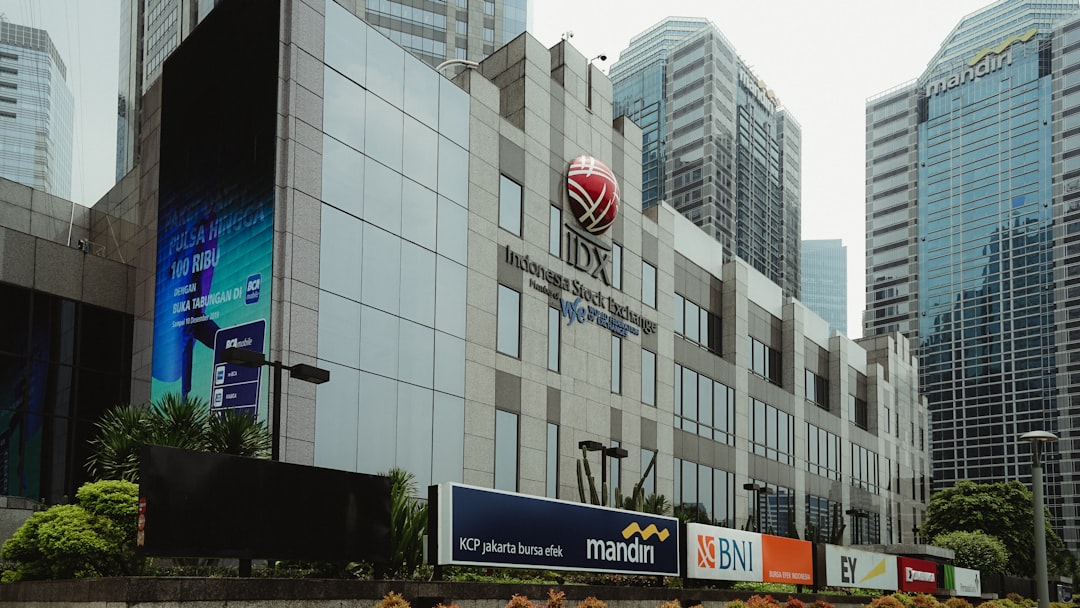It is imperative that recruiters comprehend the distinctions between talent acquisition and hiring. Even if they could appear to be similar, each has distinct qualities and objectives. To make the most of your hiring approach, let us examine these variations.
What Hiring Means
Hiring is frequently a quick procedure. Its main goal is to immediately fill open positions in an organization. Employers hire people when openings need to be filled immediately. In essence, it is a reactive tactic. While useful for short-term staffing needs, it may not always take long-term objectives into account.
Definition of Talent Acquisition
On the other hand, hiring talent is a long-term approach. It considers more than just the present needs.It entails planning to draw in the greatest candidates for upcoming positions and business expansion. Candidates are thought of as possible advantages. It is proactive and emphasizes fostering relationships.
Process Involved
Job advertising, interviews, and speedy picks are all part of hiring. It seeks to appoint quickly. Networking, branding, and hiring pipelines are all part of talent acquisition. This strategy frequently calls for coordination between HR and other divisions.
Goals and Objectives
Efficiently filling a vacancy is the primary objective of hiring. It prioritizes quickness and seamless fit. Conversely, the goal of talent acquisition is to be in line with long-term corporate plans. It emphasizes steady growth. Because of this, acquiring talent is essential to a business’s future growth.
Impact on Company
Hiring someone right away may occasionally result in a greater turnover rate. It can be the result of failing to take long-term fit into account. On the other hand, talent acquisition increases the chances of employee retention by emphasizing quality and cultural fit. It makes the organization more flexible and progressive.
Tools and Technology Employed
Applicant tracking systems (ATS) and job boards are two common basic tools used in hiring. CRM platforms, branding tools, and sophisticated analytics are all used in talent acquisition. Long-term talent engagement is facilitated by these methods.
Conclusion
The needs of your business will determine which option is best for hiring or talent acquisition. Talent acquisition guarantees long-term success, even while recruiting is efficient for short-term needs. Recruiters can more effectively match their tactics with their corporate objectives by being aware of these distinctions.
FAQ :
Q: What is the main difference between hiring and talent acquisition?
A: Hiring is filling immediate needs for specific roles, while talent acquisition is a long-term strategy to find skilled employees for future needs.
Q: Why is talent acquisition important for companies?
A: Talent acquisition helps companies build a strong talent pipeline, ensuring they have the right employees to meet future business goals.
Q: Can small businesses benefit from talent acquisition?
A: Yes, small businesses benefit by having a continuous supply of skilled candidates, reducing the time and cost of filling positions.
Q: How does talent acquisition improve employee retention?
A: By aligning candidates’ skills and career goals with the company’s needs, talent acquisition leads to better job satisfaction and retention.
Q: What tools can help with talent acquisition?
A: Tools like Applicant Tracking Systems (ATS), HR analytics, and social media recruiting can enhance talent acquisition strategies.
Get more applicants with our Chrome extension
Are you looking to boost your productivity and get more applicants for your job postings on Indeed? Try our Chrome extension for free! It allows you to repost jobs in one click, pushing them back to the top of the queue, and helps you write better titles and job descriptions effortlessly with
AI. Don’t miss out on this opportunity to enhance your recruitment process. Download the Chrome extension today and see the difference it can make!

